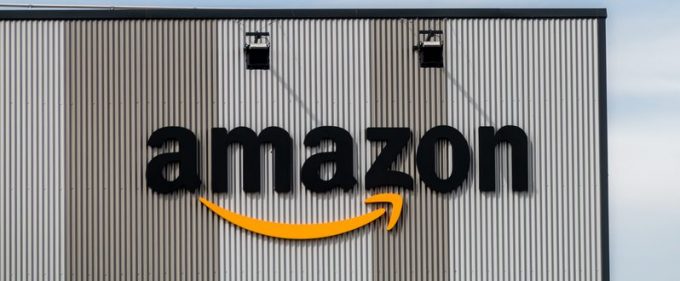
Photo: © Marcos del Mazo | Dreamstime.com
The large US parcel carriers have sailed relatively smoothly through the peak shopping season, but one large player has been struggling.
According to one observer, Amazon had to hand about one million parcels to UPS and the US Postal Service (USPS) in order to meet delivery ...

Comment on this article